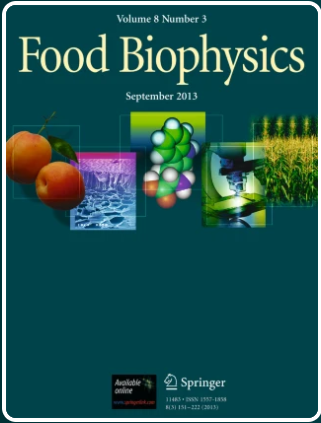Effect of Molecular Weight of Chitosan on Tea Tree Essential Oil-Loaded Nanoparticles: Formation, Characteristics, and Application in Preservation of Mini-Cucumbers
Abstract
Chitosan nanoparticles loaded with tea tree essential oil (TTO-CHNPs) were fabricated and the effects of chitosan molecular weight (MW) (50, 200, and 500 kDa) on the physicochemical properties and biological activities of TTO-CHNPs were investigated. TTO was successfully encapsulated into chitosan nanoparticles with encapsulation efficiency (EE) ranging from 74.15 to 80.94%. TTO encapsulation significantly improved the antioxidant and antimicrobial activities of TTO-CHNPs. The chitosan MW significantly affected the antioxidant and antimicrobial activities of TTO-CHNPs and the preservation effect for mini-cucumbers coated with TTO-CHNPs. Among TTO-CHNPs with different MW of chitosan, those prepared using low MW of chitosan (TTO-LCHNPs) exhibited the highest EE of TTO, the greatest antibacterial activity against Staphylococcus aureus and antifungal activity against Botrytis cinerea in vitro, and the highest reduction in disease incidence and severity of B. cinerea inoculated mini-cucumbers. TTO-LCHNPs coating presented the best preservation effect on mini-cucumbers, extending their shelf life by 9 days.

 求助内容:
求助内容: 应助结果提醒方式:
应助结果提醒方式:


